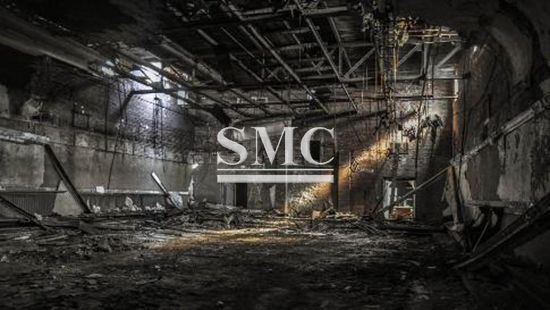
- Company overview The heart of SMC Vision & Philsophy Partnership Certifications Company culture
- Our service Design and Engineering Maintenance and Service Examine Production Line Upgrade and Transformation Storage and Logistics Processing, Trading and Distributor
- Management Our history Global responsibility Info Center
- Procurement center Internship
- Metal Steel Products Stainless Steel Products Aluminum Products Copper Products Galvanized Steel and PPGI Special Alloy Building Material
- Containers ISO Standard Container Equipment Container Storage Container Refrigerated/Reefer Container Offshore Container Container House Tank Container Container Fittings Container Trailer
- Gas Cylinder & Fire Extinguisher Cryogenic Liquid Cylinder Oxygen Gas Cylinder Storage Tank CNG Gas Cylinder LPG Gas Cylinder Hydrogen Gas Cylinder Nitrogen Gas Cylinder Industry Gas Cylinder Fire Extinguisher
- Metal Machinery Forming Machine Cutting Machine Processing Machine Bending Machine Block Machine Other Machinery Motor Spare Parts
- Mechanical Products Miscellany Mooring Equipment Marine Equipment Vehicle Industry Pressure Vessel Conveyor Belt Laser Equipment Bearing
- Electrical System Power Distribution Automation Electrical Cable Solar Power System Electric Protection System Transformer Production Line Lighting System
- Project Plastic Pipes and Pipe Fittings Fiberglass Reinforced Plastic Pontoon System
The Rust Belt: history, decline and future

The State of Indiana, north-east USA, is
home of some of the largest American steel mills. Indiana is part of the Rust
Belt, a region south of the Great Lakes, once thriving - now afflicted by
unemployment. In 2016 presidential election, 88 out of 92 counties voted for
Trump.
Rust Belt’s most valuable resource is the
steel and aluminum industry. During the 50s, many companies like General Motors
based their production process in the region. At that time, what was once
called the “Factory Belt” accounted for almost half of the total jobs in the
US.
There are three reasons behind its decline:
the companies’ oligopolistic attitudes, labor unions’ excessive power and lack
of competition. For approximately twenty years, firms successfully lobbied the
Congress to maintain their oligopolistic power. Union wage premium was 10% higher
than the national average, while labor productivity growth was lower compared
to the rest of the country.
During the 70s-80s production shifted to
the south of the country and imports began to rise. At the same time, labor
unions lost bargaining power due to governmental policies. Competition increased
and Rust Belt factories had to adapt to a new situation.
Currently, not all Rust Belt factories are
struggling. For instances, Nucor Corp. has had positive cash flow almost every
year in the last ten years. Furthermore, there have been investments by global
producers such as Arcelor-Mittal and Gerdau SA. Nevertheless, other historic
American companies such as US Steel Corp or AK Steel Holding Corp are still
suffering.
Imports are often blamed to be the main
cause for Rust Belt’s decline. But at present circumstances, steel imports are
necessary for US economy. For instances, even if steel mills’ usage was to be increased
to 80% and exports were cut, imports would still account for 20% of total
amount of national steel consumption
Recent US tariffs on aluminum and steel
have been seen as a way to revive the region. However, higher taxes on imports
don’t mean higher employment. Producers could prefer machines to humans in the
production process – thus cutting expenses and increasing efficiency. In
addition to that, tariffs cannot reduce high power costs, which contribute to
make American steel producers less competitive.
Shanghai Metal Corporation is a leader in
the manufacturing industry. We dedicate ourselves to innovation in order to always
provide the costumer with the best products. SMC studies the international
market in every of its aspects to meet the demands of its clients. For more
information and inquiry, or if you want a full list of the products, please click here.
Shanghai Metal Corporation is a trusted aluminum alloy, aluminum foil price, stainless steel price and stainless steel manufacturer, kinds of stainless steel in china.
